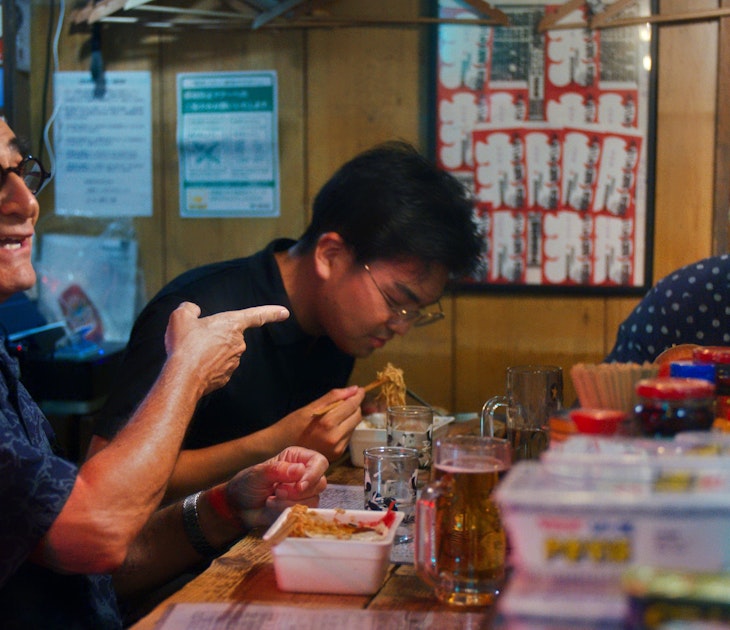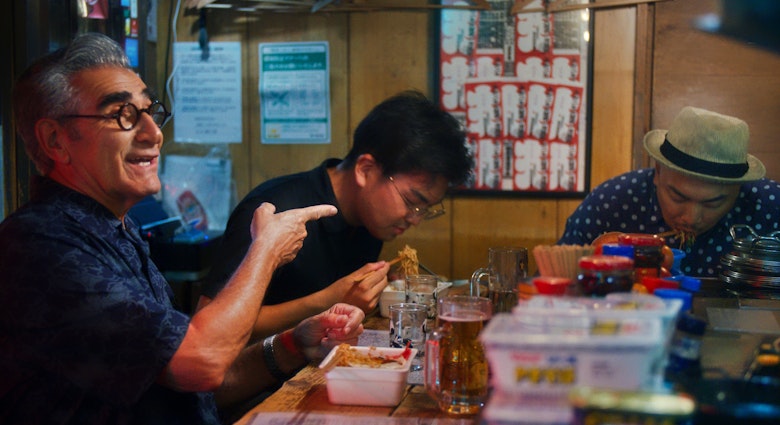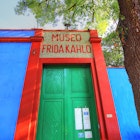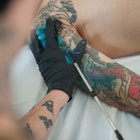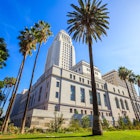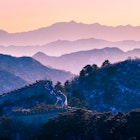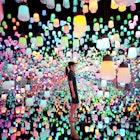You can’t see the Great Wall from space, but you’d have a job missing Shanghai. One of China’s biggest and most vibrant cities, it is heading places the rest of the country can only fantasise about.
In a land five millennia old, Shanghai feels like it was born yesterday. When you’ve had your fill of Terracotta Warriors, musty palaces and gloomy imperial tombs, submit to Shanghai’s debutante charms. You won’t find ancient temples or hoary monuments, but you’ll discover a funky blend of art deco architecture, bullet-fast Maglevs, skyrocketing buildings, French patisseries, jazz, European streetscapes, charming 19th-century lǐlòng (alleys) and cocktails on the Bund.
This is a city of action, not ideas. You won’t spot many wild-haired poets handing out flyers, but a skyscraper will form before your eyes. The movers and shakers of modern China may give a nod to Beijing, but their eyes – and their money – are on Shanghai.
Shanghai is perhaps – like Hong Kong – a city best seen as a prologue or epilogue to your China experience. It can hardly match the epic history of Beijing or Xi’an, yet Shanghai has a unique story to tell and no other Chinese city does foreign concession streetscapes in quite the same way. The Bund, French Concession and Shanghai Museum are sights not to be missed.
1. Barrel down the Bund
Beijing has the Great Wall and Xi’an the Terracotta Army, but Shanghai has its Bund, a magnificent riverside sweep of masonry that grew with the rise of Shanghai and impassively watched the city’s decline and renaissance. Nowhere else in Shanghai are the ebbing symbols of Western hegemony so deftly contrasted to monuments of China’s growing clout. The promenade is ideal for putting every Bund building in its proper context; it’s a carnival of kiosks, hawkers, tour groups and the commercial mayhem of China’s tourist boom. Visit at dawn for tai-chi performers or at dusk to see twilight settle magically over Pudong’s skyscrapers.
2. Breeze around People’s Square
Far less austere than Beijing’s crypto-Stalinist Tiananmen Square, People’s Square has none of the paranoia of the capital’s notorious rectangle. But even if you’re twitchy with crowds, you will find the square an unavoidable tangle of metro interchange, intriguing museums, dazzling hotels, top vistas and cultural venues.
3. Size up Lujiazui
Nothing in Shanghai is more manufactured and aspirational than Lujiazui, Pudong’s most pulsating panorama. and the city’s state-of-the-art answer to Hong Kong’s Central district, as viewed from Kowloon. China’s economic nerve centre, Lujiazui is an ever-evolving scene. The best way to reflect on China’s landmark towers is at night, but any time will do. Weather permitting, toast the towers from the terrace of New Heights in the Bund. Alternatively, savour high-altitude views – stratocirrus permitting – in Lujiazui itself from Cloud 9 or the world’s highest observation deck in the World Financial Center.
4. Savour Shanghai’s dishy deco heritage
Shanghai is a snappy museum of art-deco style. The machine-age building form evokes racy 1920s and ’30s Shanghai, when the city first emerged as a modern, cosmopolitan city. The clothing and fashions of that era may have vanished, but art-deco hotels, apartment blocks, private residences, cinemas and banks – made of more durable materials – have survived.
5. Put Frenchtown in the frame
The modish French Concession comes into focus with a meander around its leafy back streets. With politics,shopping, old gangster pads and dining, entertainment is guaranteed. Cap the experience off with dinner and drinks at one of the area’s excellent restaurants and bars. Shanghai has its European eccentricity, but little prepares you for the Gothic towers.
6. Fish for fashion around Tianzifang
Shoppers and wanderers take note: this engaging warren of stone-gate houses, architecture and hip boutiques is the perfect spot for browsing while soaking in the flavours of the ever-elusive traditional Shanghai neighbourhood. The handsome recipe of lane housing, wi-fi cafes, art galleries and fashion shops fills out this residential community.
7. Drink and dine among Shanghai’s shikumen
Xintiandi hasn’t been around for a decade yet and already it’s a Shanghai icon. An upscale entertainment complex modelled on traditional lilong (alleyway) homes, Xintiandi was the first development in the city to prove that historic architecture does, in fact, have economic value. Well-heeled shoppers and alfresco diners keep the place busy until late, and if you’re looking for a memorable meal or a browse through some of Shanghai’s more fashionable shops, this is the place.
8. Link up with Shanghai’s laid-back lanes
Shanghai’s ultramodern skyline is electric for sure, but also impersonal and dwarfing. Don’t fret. For things on a more human scale, where real communities get on with their daily lives, meandering through Shanghai’s collection of lilong alleys and shikumen homes is a helpful antidote. These gorgeous stone-and-brick communities, mainly designed from the mid-19th century to the art-deco era, hog much of Shanghai’s characteristic Concession-era charms, where low-rise tenements line up in neat, pretty rows.
9. Go on an Old Town culture quest
With its shaded alcoves, sparkling pools flashing with goldfish, beckoning classical pavilions, rustling bamboo and rocky recesses, Yuyuan Gardens is one of Shanghai’s most eminent sights. This prompts a caveat: classical Chinese gardens were simply not designed to accommodate daily visitor figures topping a thousand. Securing that unique, tranquil atmosphere that brought these gardens fame can be a mission improbable. Set your alarm for an early, pre-crowd visit for glimpses of the gardens’ tranquilising harmonies of light and shade, and rock and water.
10. Delve into the divine
At the Jade Buddha Temple , Shanghai’s holiest Buddhist shrine, the tinkle of the tourist dollar clashes with the sacred chanting of monks and birds chirping from Magnolia grandifl ora branches.. Festooned with red lanterns, the halls and courtyards of the saffron-coloured temple glitter with fine effigies and temple ornaments. A visit is a reminder of the growing religious fever sweeping China.
